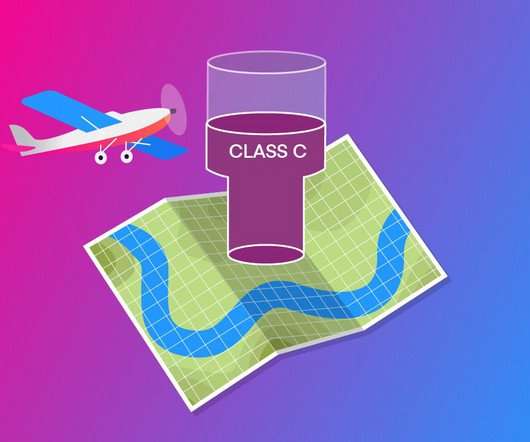Pilot’s Guide to Airspace
Flight Training Central
MARCH 18, 2024
For example, a pilot flying IFR in controlled airspace will have to file an IFR flight plan and receive an ATC clearance. For VFR flight, controlled airspace means increased cloud clearance and visibility requirements. For the VFR pilot flying in B, C, and D airspace, there are communication and/or clearance requirements.










Let's personalize your content